This is the 45th in a series of posts on the Fujifilm GFX-50S. The series starts here.
The GFX offers an all-electronic shutter, which Fuji calls ES in the menus. I’ll do the same here. We have seen here that the shutter takes 1/4 second to complete an exposure. This can cause horizontal bands (in landscape orientation) when the subject is lit by lights that change intensity during the exposure. Many fluorescents and light-emitting diode (LED) lights do that. The lights that are today replacing the nice, steady incandescent illumination typically have variations at twice the line (or mains, if you speak British) frequency. In the US, that’s 60 Hz, so the cycle of the lighting is usually at 120 Hz. In Europe and Britain, the mains frequency is 50 Hz, and the lighting flickers at 100 Hz.
Not all LEDs flicker. The ones that are made for photography usually show no noticeable flicker, or flicker at frequencies well above the power line frequency. Modern LED stage lighting often flickers at frequencies unrelated to the power line.
In the olden days of film photography and cathode ray tubes (CRTs), we sometimes had to get a picture of, say, a TV set in out images. If we weren’t careful, the scanning of the CRT would be visible in the photograph, which was usually unwanted. Since the CRT was scanned at a frequency close to, but not the same as, the mains frequency, the conventional wisdom was to set the camera shutter speed to one or two power line cycles so that every place on the screen had a chance to go through an integral number of scans. In the US, the magic shutter speeds were 1/60 and 1/30 second, and in Europe, they were 1/50 and 1/25 second. In practice, this sort of worked. The shutters of the day were not sufficiently accurate for a perfect fix.
The scanning of the digital sensor by an electronic shutter is an analog of the raster scanning of a CRT, so the same idea should apply. I’ve been dealing with the electronic shutter in the a7RII for some time now, and I never thought of using this method since it was so hit-and-miss in the film days. But modern shutters are much more accurate than the old all-mechanical ones. Yesterday I saw a DPR post that made it appear that they are accurate enough to make this method work.
I had to run a test for myself.
I photographed a LED-illuminated light fixture with the GFX and the Fuji 63 mm f/2.8 lens at various shutter speeds. I developed the images in Lightroom, performing white balance to taste and adding a +100 contrast move to emphasize the banding. I live in the US, so the magic shutter speeds should be 1/125, 1/60, and 1/30 second. As you’ll see, they all work fine. In addition, the effect diminishes at the shutter speeds get longer.
Here are the images:

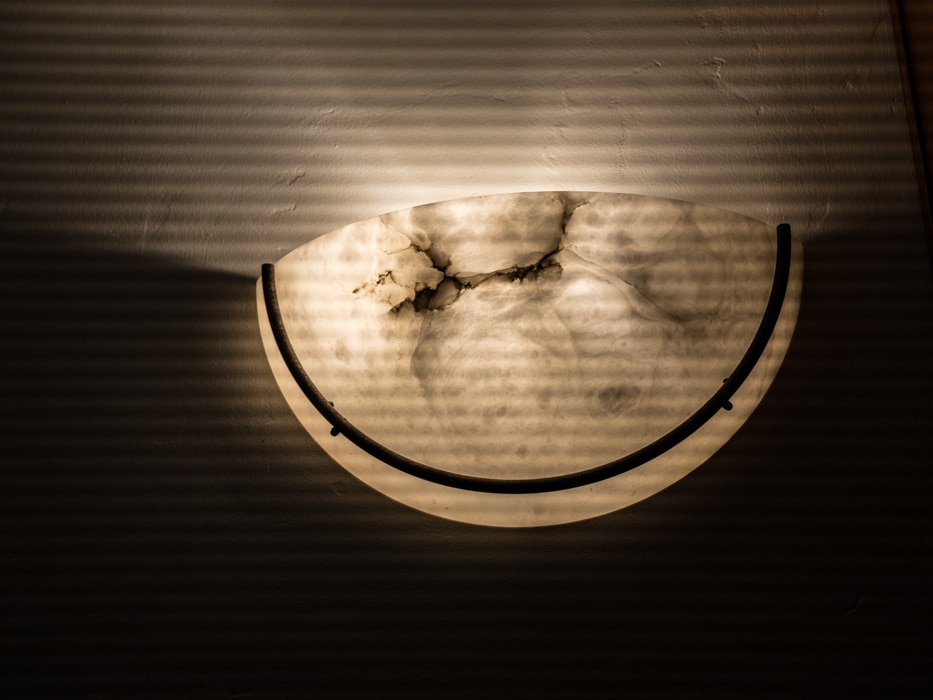

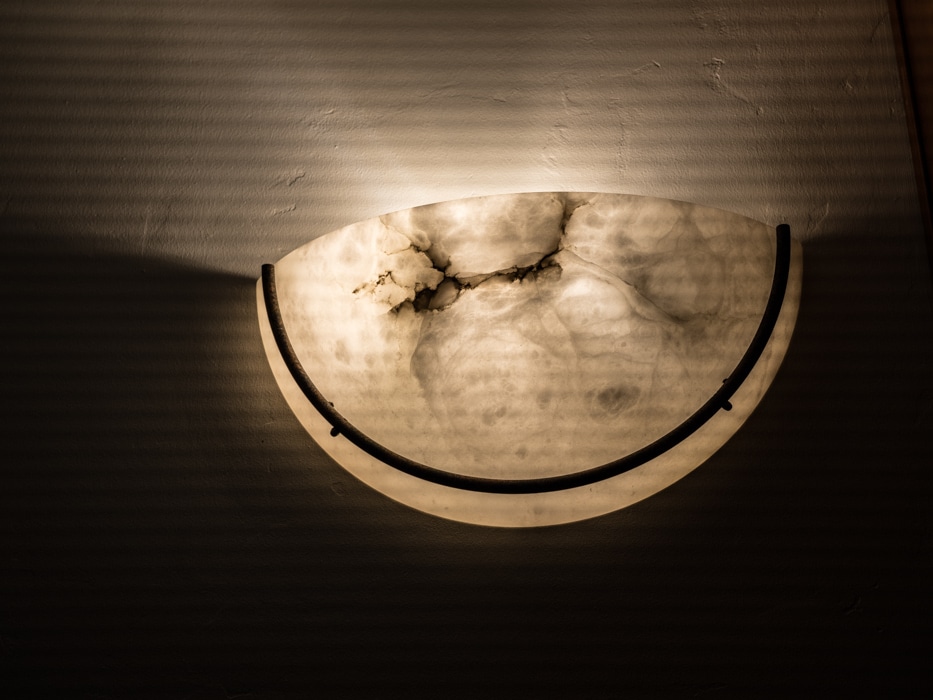

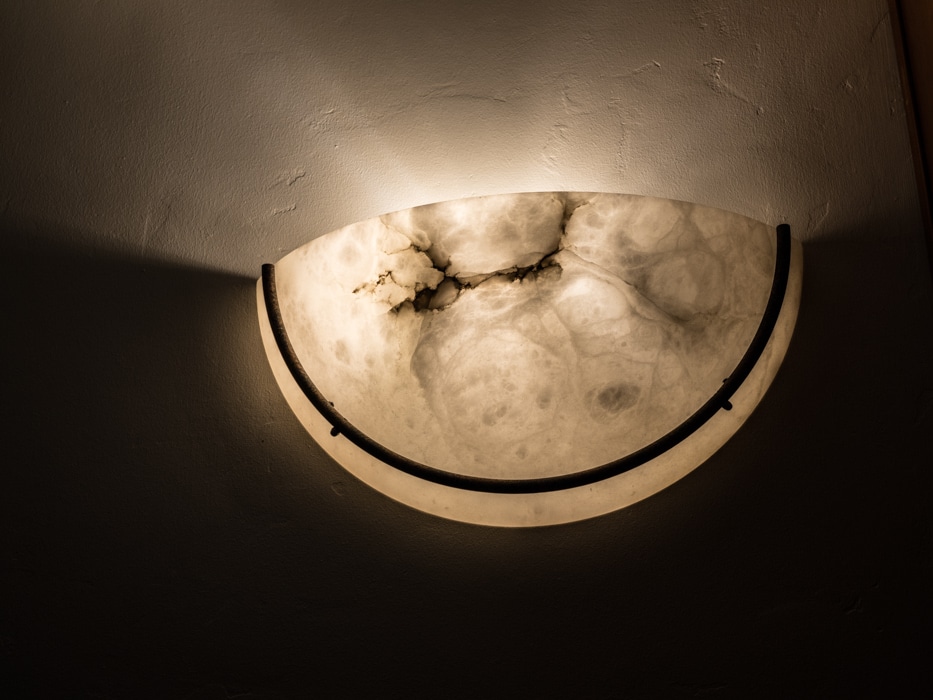
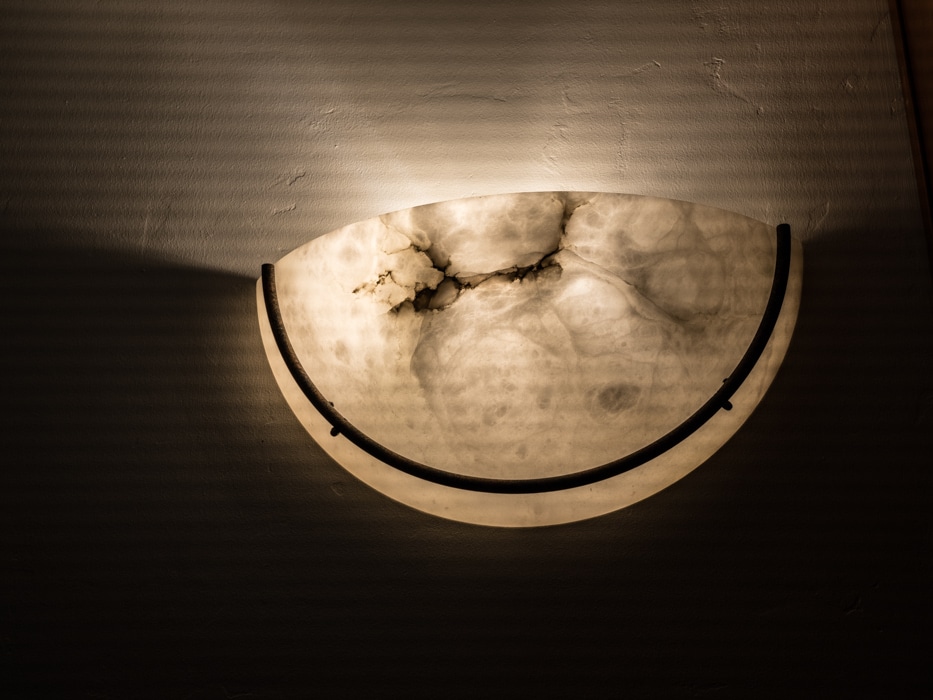
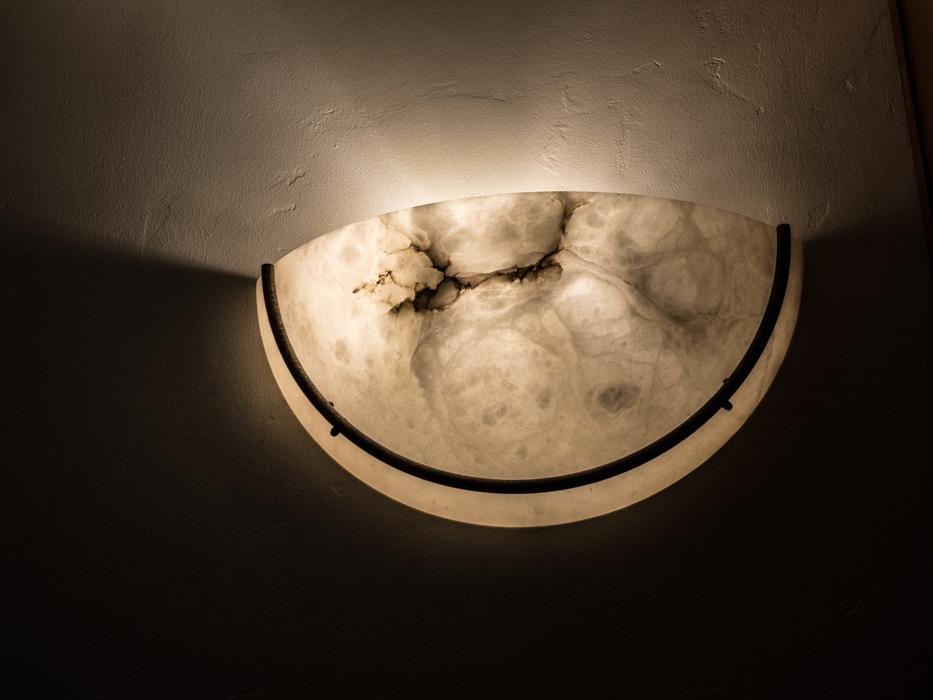

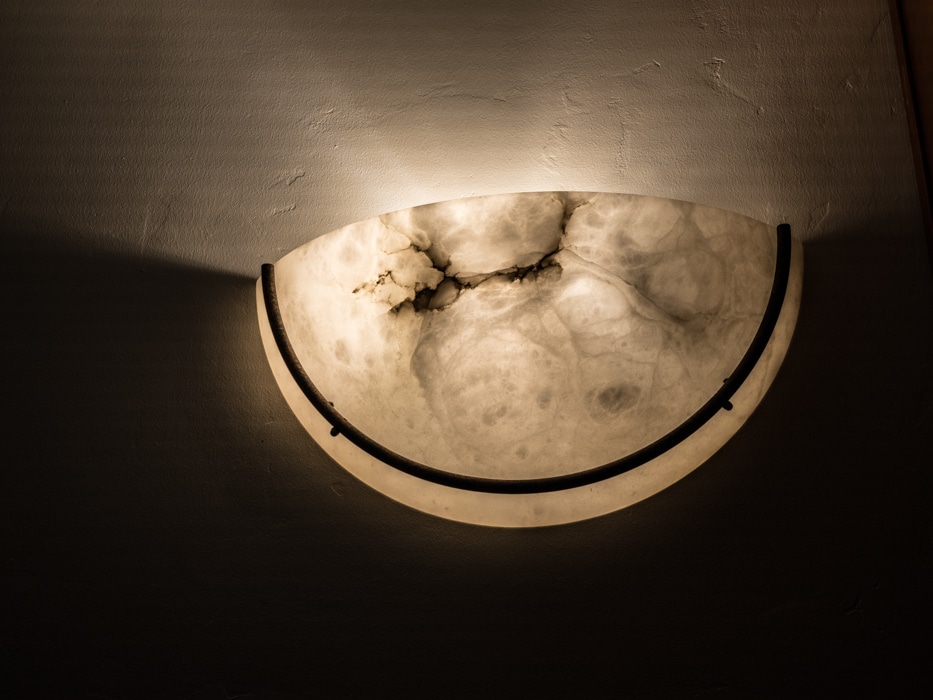


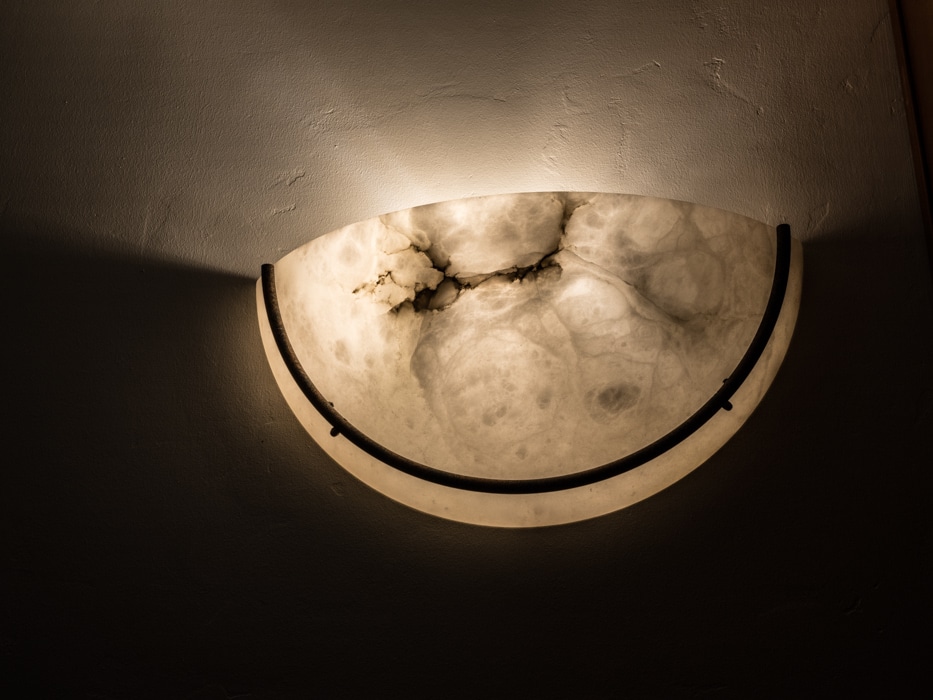
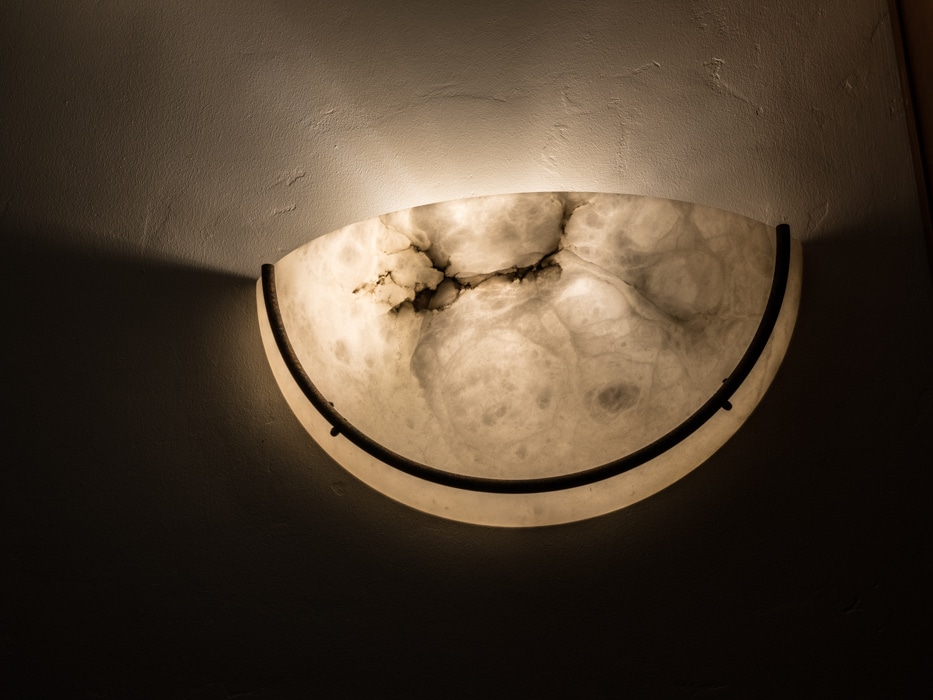
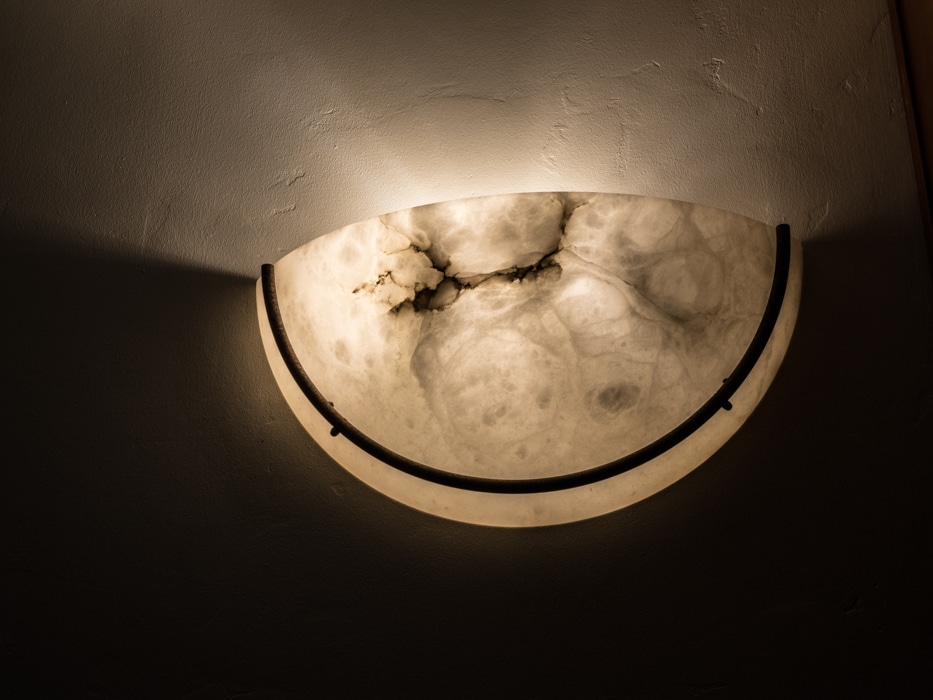
You might ask how accurate are the power line frequencies. They are very accurate — far more accurate that your camera’s shutter — for reasons totally unrelated to photography. It used to be that electric clocks had synchronous motors, and the power line frequencies determined the accuracy of those clocks. Then came along modern interconnected electric grids and it became an operational necessity for everybody to adopt the same power line frequency (and, to some extent, even the same phase).
Is there anything over 1/125 of a second that will not band? I shoot theatrical plays and the producer wants the use of silent shutters but I lose so many shots because of the banding and I have to shoot over 1/200’s to freeze some of the motion
I don’t think so. You could try an a9…
Can you confirm my understand the band spacing?
The number of bands in the image should be the ES scan time multiplied by the lighting’s flicker frequency.
I count 34 bands in your images (actually the 1/80 image). Assuming 120 Hz flicker this means the scan time is 0.28 seconds, which is close to what you said “the shutter takes 1/4 second to complete an exposure”.
I have an image of a stage performance with about 50 bands. Camera was 7RM3, compressed RAW, AF-C so the scan time, according to your measurement, is about 1/30 second. This implies the lighting is flickering at 1500 Hz. Is that plausible for stage lighting?
https://www.flickr.com/photos/thefsb/27366400327/
Yes. Stage lighting often modulates the LEDs at frequencies unrelated to line frequency. The frequencies can even change during a performance. The modulation frequencies can be much higher than line frequencies.
There might be two sources of modulation:
1) LEDs being fed DC from an active electronics switching power supply. The magic of the switching happens at kilohertz frequencies and should be not noticeable as 50/60 Hz AC converted to DC by a good old diode bridge (or the LEDs would stay unlit for half of the period).
2) Pulse width modulation , PWM, is a technique that starting from stable DC has a control digital signal of high frequency to turn the light on and off during its submillisecond cycle. To be noticed, I’m not aware of PWM controllers that change their frequency, and can’t find a benefit for such design. PWM pulses width were created in the old days with a triangular “saw teeth” analog signal being compared to a voltage variable level, today I suppose some integrated circuit will do it by being told the desired level, and possibly a divider of a much higher reference frequency from an oscillator.
Suggested music for this read: “What’s the frequency, Kenneth?” by R.E.M. 😉
The modulation used for most of the household LED lights is PWM at twice mains frequency.